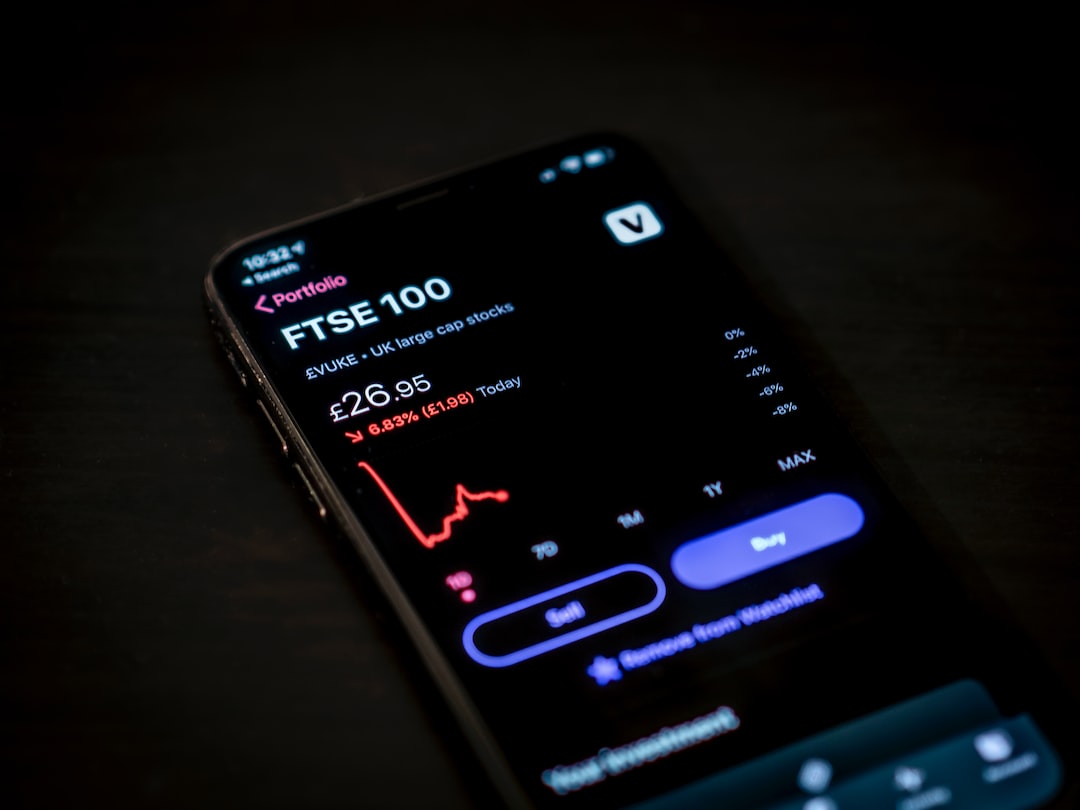Forex trading has become an increasingly popular activity in recent years, with many people seeking to make a profit from the fluctuating currency markets. As a result, starting a forex broker can be an excellent business opportunity for those with a background in finance or a strong interest in the industry. However, like any business venture, starting a forex broker requires careful planning, research, and investment. Here’s a step-by-step guide to help you get started.
Step 1: Research and Planning
The first step in starting a forex broker is to conduct thorough research and planning. This includes researching the forex market, understanding the regulatory requirements, and developing a business plan. You should also research your competition and identify your target market. This will help you determine your unique selling points and develop a marketing strategy.
Step 2: Choose a Business Model
There are two main business models for forex brokers: a market maker or an ECN/STP broker. A market maker takes the opposite position to its clients, which means it can profit from the spread. In contrast, an ECN/STP broker passes on its clients’ orders to liquidity providers and charges a commission on the trades. You’ll need to choose the business model that suits your business goals and target market.
Step 3: Obtain a License
Forex brokers are regulated by financial authorities in their respective jurisdictions. Obtaining a license is a crucial step in starting a forex broker. The regulatory requirements vary from country to country, but typically involve meeting capital requirements, submitting an application, and undergoing background checks. In the US, for example, forex brokers must be registered with the National Futures Association (NFA) and the Commodity Futures Trading Commission (CFTC).
Step 4: Develop a Trading Platform
The trading platform is the backbone of your forex brokerage. It’s the software that enables clients to trade currencies, monitor their positions, and access market data. You can either develop your own trading platform or use a third-party provider. If you choose to develop your own platform, you’ll need to have a team of developers with experience in forex trading software.
Step 5: Set Up Payment Systems
To start a forex broker, you’ll need to set up payment systems to receive deposits and process withdrawals. You’ll need to partner with payment providers that offer secure and reliable payment processing. Some of the popular payment methods include credit and debit cards, bank transfers, and e-wallets.
Step 6: Hire Staff
To run a forex brokerage, you’ll need to hire staff to handle different aspects of the business. This includes sales and marketing, customer service, compliance, and technical support. You’ll need to ensure that your staff is knowledgeable about forex trading and has the necessary skills to provide excellent customer service.
Step 7: Launch Your Brokerage
Once you’ve completed all the previous steps, it’s time to launch your forex brokerage. You’ll need to market your brokerage to attract clients and build your reputation in the industry. You can use various marketing channels such as social media, search engine optimization, paid advertising, and affiliate marketing. You’ll also need to provide excellent customer service to retain your clients and gain their trust.
Conclusion
Starting a forex broker can be a lucrative business opportunity for those with the necessary skills and resources. However, it requires careful planning, research, and investment. You’ll need to obtain a license, develop a trading platform, set up payment systems, hire staff, and launch your brokerage. With a solid business plan and a commitment to providing excellent customer service, you can build a successful forex brokerage that stands out in the crowded market.





